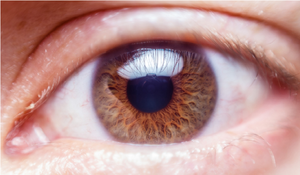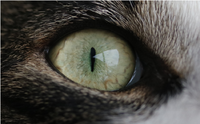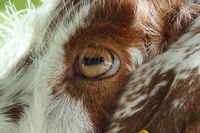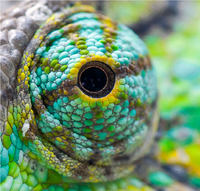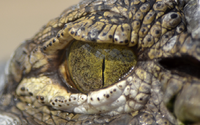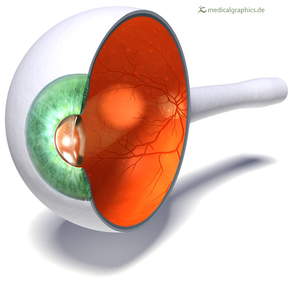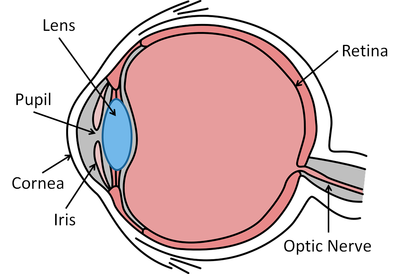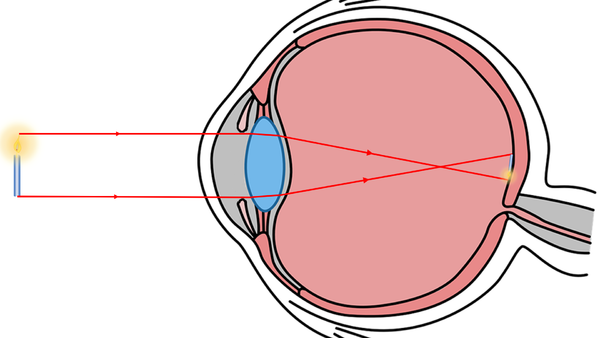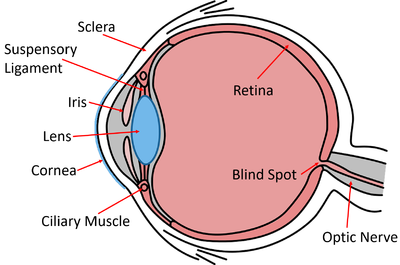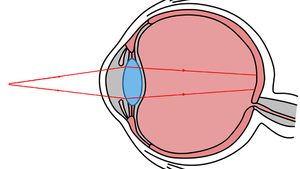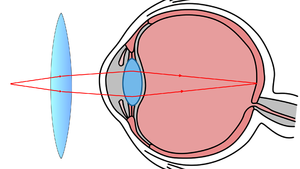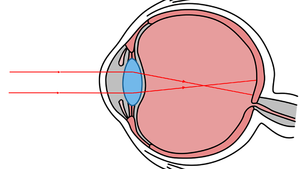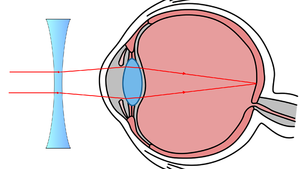Difference between revisions of "Eyes"
(→Defects of the Eye) |
(→Focusing Images) |
||
| Line 74: | Line 74: | ||
|[[File:EyeImage.png|center|600px]] | |[[File:EyeImage.png|center|600px]] | ||
|- | |- | ||
| − | | style="height:20px; width:600px; text-align:center;" |The lens [[Refraction|refracts]] the [[Light Ray|rays of light]] to form an [[image]] of the [[object]]. | + | | style="height:20px; width:600px; text-align:center;" |The [[Lens (Eye)|lens]] [[Refraction|refracts]] the [[Light Ray|rays of light]] to form an [[image]] of the [[object]]. |
|} | |} | ||
| − | |||
==Key Stage 4== | ==Key Stage 4== | ||
Revision as of 17:14, 24 June 2019
Contents
Key Stage 1
Meaning
Eyes are the part of the body that allows us to see.
About Eyes
- Most animals have only two eyes but some have more and some have no eyes at all.
- Eyes allow us to see colour.
- Eyelids blink a couple of times every minute to keep our eyes moist.
- Eyelashes are there to stop dust getting in our eyes.
- A person whose eyes don't see is called 'blind'.
- Your eyes can be damaged and make you blind if you stare at The Sun.
Examples
| A cat eye. | The eye of a goat. |
| A chamelion's eye. | A crocodile eye. |
Key Stage 2
Meaning
Eyes are the part of the body that allows us to see.
About Eyes
- Most animals have only two eyes but some have more and some have no eyes at all.
- Eyes allow us to see colour.
- Eyelids blink a couple of times every minute to keep our eyes moist.
- Eyelashes are there to stop dust getting in our eyes.
- A person whose eyes don't see is called 'blind'.
- Your eyes can be damaged and make you blind if you stare at The Sun.
Key Stage 3
Meaning
The eyes are a pair of sensory organs which allow us to see.
About Human Eyes
- The eye is made of several parts:
- Retina - Detects light.
- Optic Nerve - Sends electrical signals from the eye to the brain.
- Lens - Focuses the light onto the retina.
- Iris - The coloured part of the eye.
- Pupil - The hole in the iris that allows light into the eye.
- Cornea - The outer protective layer of the eye.
| A diagram of the eye. |
Focusing Images
- The eye uses a lens to focus an image on the retina.
- When the lens does not work well enough people can use glasses.
| The lens refracts the rays of light to form an image of the object. |
Key Stage 4
Meaning
The eyes are a pair of sensory organs containing receptor cells which can detect light.
About Human Eyes
- The eye is made of several parts:
- Retina - Detects light.
- Optic Nerve - Sends electrical signals from the eye to the brain.
- Lens - Focuses the light onto the retina.
- Iris - The coloured part of the eye.
- Pupil - The hole in the iris that allows light into the eye.
- Cornea - The outer protective layer of the eye.
- Sclera - A protective layer around the eye (the white area around the eye).
- Blind Spot - A point on the back of the eye without any receptor cells to detect light.
- Suspensory Ligaments - Tissue which connects the lens to the ciliary muscles.
- Ciliary Muscles - Muscles which can contract to squeeze the lens and relax to allow the lens to flatten. This is how the lens in the eye focusses light at different distances.
| A diagram of the eye. |
Defects of the Eye
- The eye uses a lens to focus an image on the retina.
- When the lens does not work well enough people require corrective lenses.
| The lens in the eye of a person with hyperopia focusses the light in front of the retina creating a blurred image. | A hyperopic person can place a concave lens in front of the eye to correct their vision. |
| The lens in the eye of a person with myopia focusses the light in behind the retina creating a blurred image. | A myopic person can place a convex lens in front of the eye to correct their vision. |
